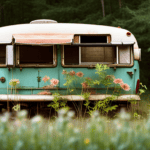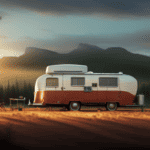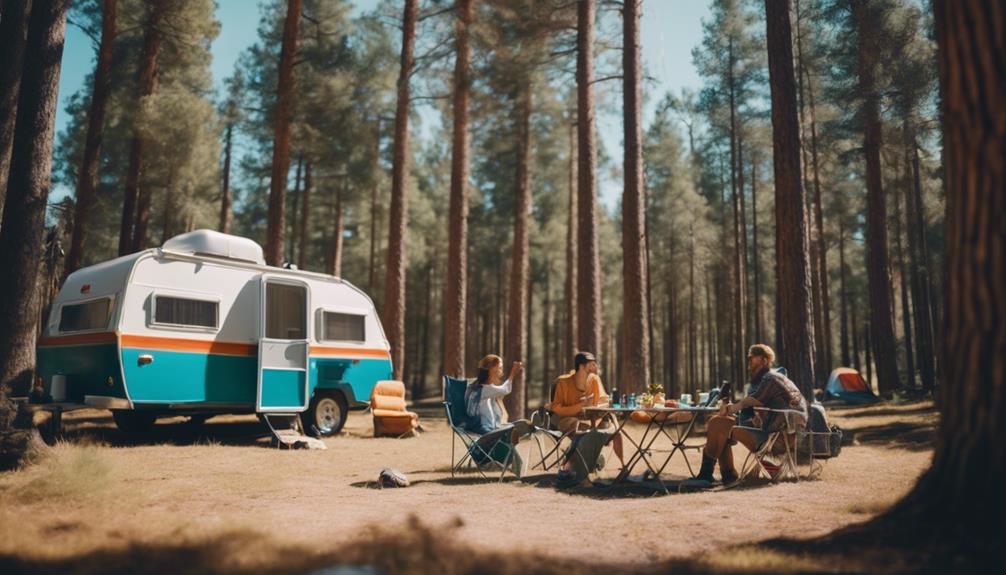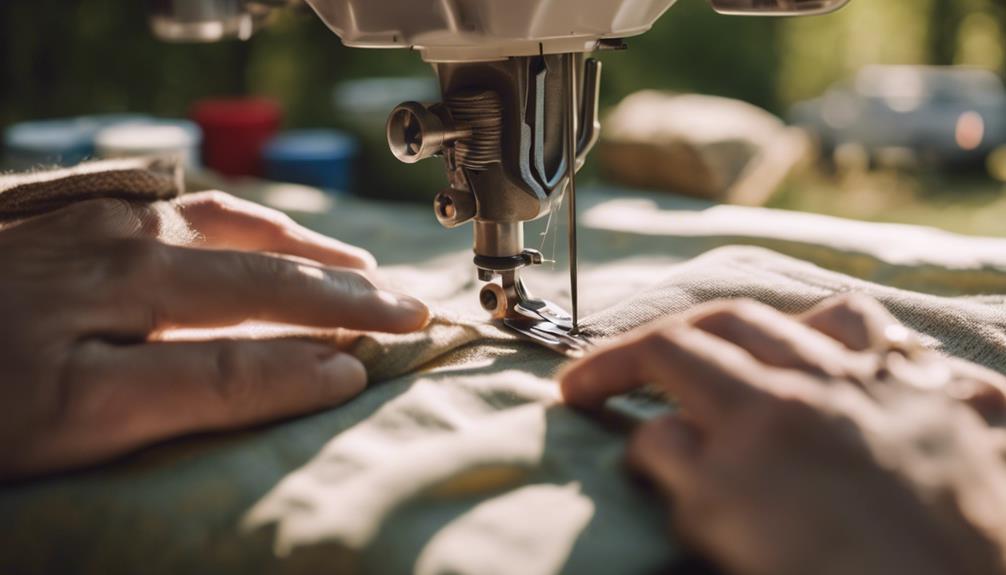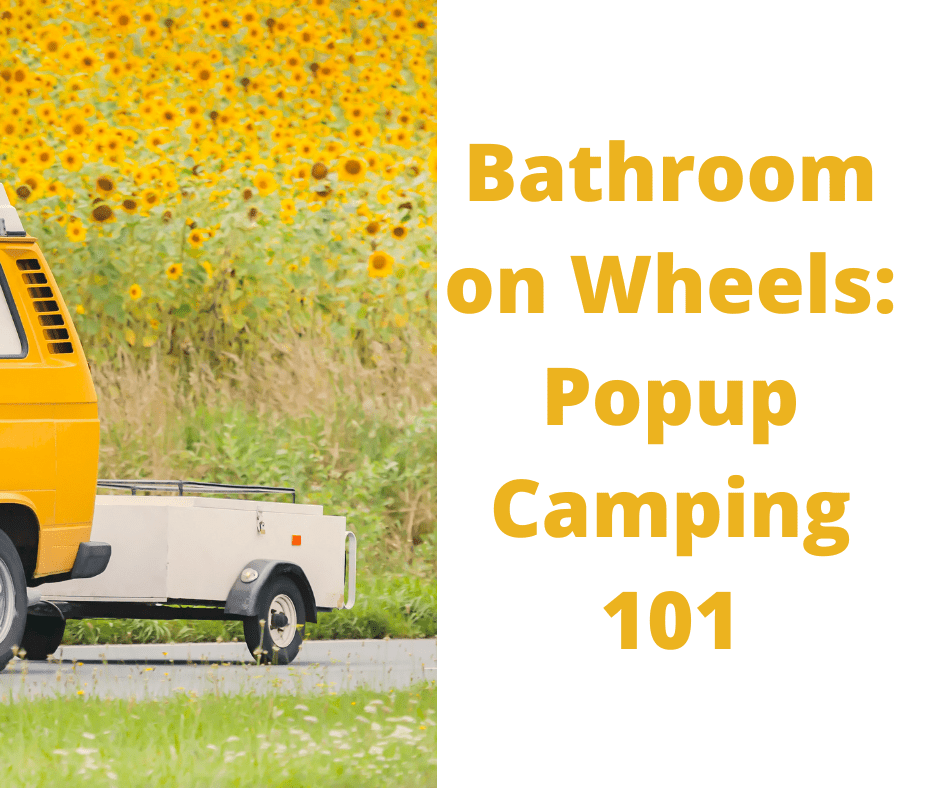Donating your pop-up camper is a simple way to give back to the community. Start by contacting Goodwill at 866-233-8586 or filling out their online form. They'll schedule a convenient pickup time, and a licensed towing company will handle removal at no cost to you. You'll also receive a tax-deductible receipt in the mail after your camper sells, helping you reduce clutter while benefiting others. Plus, your donation supports essential programs for people in need, including veterans. If you're curious about additional steps and benefits, there's more to discover that'll guide you through the process.
Key Takeaways
- Contact Goodwill at 866-233-8586 or fill out their online form to start the donation process for your pop-up camper.
- Schedule a free pickup for your camper, ensuring access to the title and keys for a hassle-free experience.
- Enjoy the convenience of licensed towing services provided at no cost to you during the donation.
- Receive a tax-deductible receipt by mail after the camper is auctioned, which you can use for federal tax purposes.
Benefits of Donating a Pop-Up Camper
Donating a pop-up camper offers you valuable tax deductions and helps support community programs that make a real difference. When you choose to donate a pop-up camper, you can receive a significant tax deduction based on the sale price of your camper. This creates financial benefits that can ease your budget while simultaneously helping others.
The donation process is straightforward, and you won't have to worry about any complicated paperwork. Plus, you'll enjoy free towing, freeing up space in your driveway or yard. By donating your unwanted camper, you not only reduce clutter but also eliminate ongoing costs associated with maintenance, storage, and insurance.
The proceeds from the sale of your camper often support charitable programs aimed at assisting disadvantaged individuals, including veterans in your community. Your contribution can lead to a positive community impact, fostering programs that truly make a difference in people's lives.
Simple Donation Process
Initiating the simple donation process for your pop-up camper is easy and can be done by contacting Goodwill through their toll-free number or online form.
Once you reach out, you can schedule a convenient pickup time and location. A licensed towing company will handle the removal at no cost to you, ensuring a hassle-free experience.
After your pop-up camper is picked up, it will be auctioned off, generating funds that support essential community programs. You'll receive a tax-deductible receipt by mail, which you can use when itemizing deductions on your federal income tax return. This makes the donation process not only beneficial for your community but also advantageous for your finances.
The entire process is designed to be quick and efficient, requiring minimal paperwork and effort from you. By choosing to donate, you're not just getting rid of an unwanted vehicle; you're actively contributing to the betterment of your local community.
It's a straightforward way to make a positive impact while enjoying potential tax benefits. So, don't hesitate—take that first step today!
Accepted Vehicle Types

You can often donate a variety of vehicles, including pop-up campers, cars, trucks, and motorcycles, making it easy to support charitable causes while clearing out unwanted items. The pop-up camper donations program is designed to accept various vehicle types, ensuring your contribution can make a difference.
Here are some accepted vehicle types you can donate:
- Pop-up campers and standard cars
- SUVs and motorcycles
Before donating, remember that you'll need to provide proof of ownership, such as a vehicle title, to streamline the process. While most vehicles are accepted, it's wise to verify eligibility for specific watercraft or specialty vehicles.
Participating in a vehicle donation program not only helps you declutter but also allows you to receive tax deductions as a thank you for your generosity.
With many charity partners involved, you can also benefit from free pickup and towing services. If you're ready to support your community, don't hesitate to donate your pop-up camper or any other vehicles you no longer need. Your contribution can go a long way!
Impact on the Community
By donating a pop-up camper, individuals not only clear out unwanted items but also create a positive ripple effect that supports crucial community programs and services. Your donation can greatly impact local charities, leading to job training and support for those in need.
| Benefit | Details | Community Impact |
|---|---|---|
| Job Training | Funds from camper donations support job training programs | Helps disadvantaged individuals gain skills |
| Veterans Support | Donations aid mental health services for veterans | Addresses homelessness and mental health issues |
| Tax Deductions | Donors receive tax deductions for their contributions | Encourages more donations, enhancing overall support |
Each camper donation not only frees up space in your driveway but also helps fund essential services that uplift your community. By supporting local charities, you're directly contributing to reducing homelessness and improving the lives of veterans. The process is seamless, allowing you to make a meaningful impact with minimal effort. Embrace this opportunity, and watch how your donation can transform lives and strengthen community programs.
How to Get Started
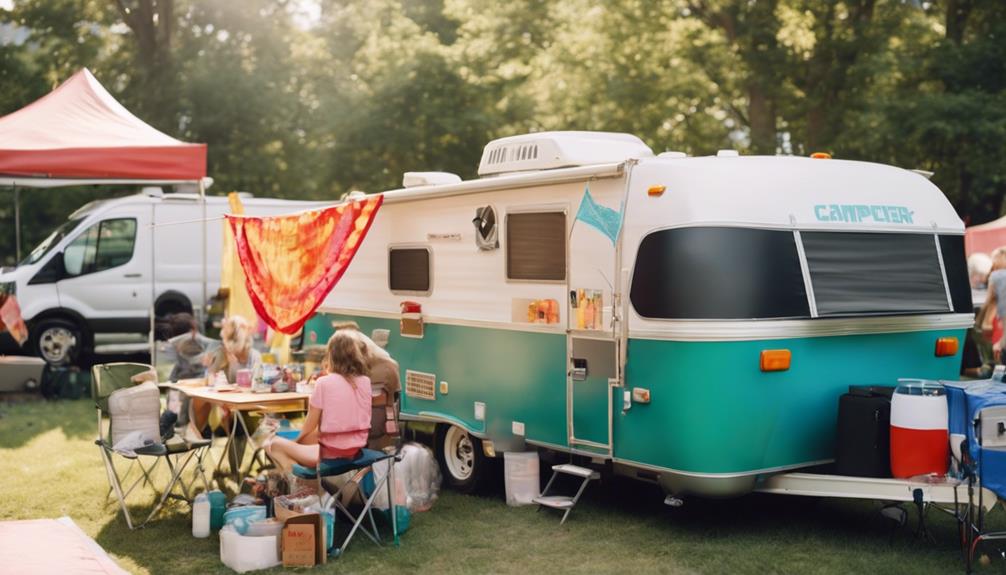
Getting started with donating your pop-up camper is easy and can be done in just a few simple steps.
First, you'll want to contact Goodwill either by calling 866-233-8586 or filling out their online donation form. This initiates the donation process and sets everything in motion.
Next, you can schedule a free pickup service at your convenience. Make sure the towing company has access to your camper's title and keys.
Here's what you can expect:
- A simple and hassle-free experience with minimal paperwork.
- Support for local Goodwill programs that provide essential services to those in need.
Once your camper is auctioned, you'll receive your receipt, allowing you to claim your deduction.
By choosing to donate a pop-up camper, you're not just clearing space; you're making a meaningful contribution to your community.
Frequently Asked Questions
How Can I Get Rid of a Pop-Up Camper?
You can get rid of a pop-up camper by contacting local charities that accept donations. They often provide free towing, allowing you to easily schedule a pickup and eliminate ongoing costs associated with ownership.
Why Do People Buy Pop-Up Campers?
People buy pop-up campers for their affordability, lightweight design, and ease of towing. You'll love the quick setup and compact storage, making them perfect for spontaneous outdoor adventures and connecting with nature without breaking the bank.
What Can Pull a Pop-Up Camper?
You can pull a pop-up camper with various vehicles, including midsize SUVs like the Honda CR-V or light-duty trucks like the Toyota Tacoma. Just make sure your vehicle's towing capacity exceeds the camper's weight.
Can You Live Out of a Pop-Up Camper?
Yes, you can live out of a pop-up camper! With basic amenities and smart organization, you can make it comfortable for short-term stays. Just check local regulations to confirm parking and living arrangements are allowed.
What are the benefits of donating a pop-up camper to the community, and how can it help protect my investment?
Donating a pop-up camper to the community can protect your popup camper investment in several ways. By donating to a community organization, it can help you avoid storage fees and maintenance costs. Additionally, it can also provide tax benefits and goodwill within the community, protecting your popup camper investment in the long run.
Conclusion
Donating your pop-up camper isn't just a generous act; it could spark the adventure of a lifetime for a family in need.
Imagine the joy of a child as they camp under the stars for the first time, all because of your kindness.
By giving back, you're not only helping your community but also creating unexpected moments that can change lives.
So, why wait? Your old camper could be the key to someone else's unforgettable journey.





